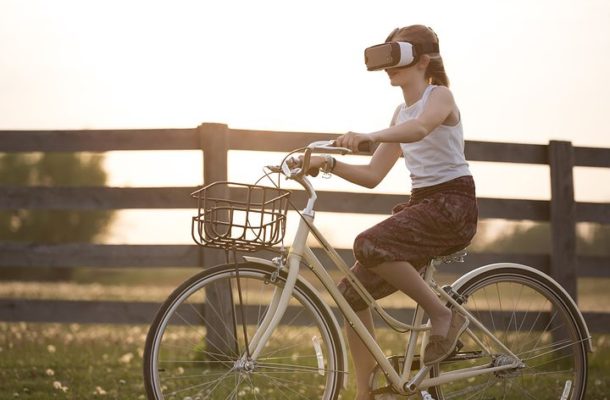How Augmented Reality will transform customer engagement

You may have seen it in science fiction films, but now Augmented Reality (AR) is coming soon to a mobile phone near you.
How can a brand get a customer’s attention for just ten seconds? And why would it want to? Because attention equals convincing power. It’s a tiny window of opportunity when the brand can uninterruptedly convey its benefits, position itself against competing brands and lead the customer to a sale.
With so many messages across traditional media, it’s not easy to get the customer’s attention. So brand marketers must collaborate with digital marketers and consider an effective and innovative brand marketing tool – Augmented Reality (AR).
Augmented reality is a simple concept. Using a smartphone’s camera, users can see on their phones the scene in front of them, overlaid with some form of graphic or text element. It is exactly as it sounds – an augmented view of reality.
Our Mobile Planet reports more than 80% of customers use their smartphones to research purchases. So an AR experience delivered on a smartphone offers a novel way for brands to engage with their customers and build relationships – both inside and outside stores.
In addition to creating a more engaging user experience, AR provides invaluable, real-time data that can empower a brand to fine-tune their marketing mix.
Executing an innovative and successful AR marketing campaign doesn’t have to be complicated. Here are a few simple tips to keep in mind:
1. It must be relevant
First, it’s important to know what types of AR content are relevant to customers. AR technology has the ability to deliver 2D and 3D imagery, video and animation content on a smartphone.
Then by tapping into the analytics that AR provides, based on where, when and how customers are engaging with the content, brand marketers can better understand what resonates, then tailor the message and marketing.
2. The content must be engaging
AR makes it possible for customers to visualise and engage with products, but brands must identify and create the right type of content to grab the customer’s attention. For example, a fashion brand can use 360 degree 3D body scan content of a model that lets the customer see how the garment would look from all angles.
Engaging content not only gets customers thinking about products but also leads to increased brand affinity. The greater the time customers spend with a brand, the greater their attachment.
3. Must have a clear call to action
Brands want customers to browse, buy, track, and share, so there must be a clear call to action to respond to.
Just as with traditional marketing campaigns, success comes from asking customers to engage with the brand in a specific way. A clear call to action within the AR campaign will not only drive better results but also help gauge the success of the campaign.
4. Integrate where you can
Integrate with AR standalone tools such as geo-location, social networking, recommendations, and reviews. These tools unlock a whole new level of activity-based re-engagement by making the customer experience so much more personalised.
5. You have data
With traditional marketing tactics such as catalogues and direct mailers, it can be expensive and difficult to capture reliable data that reflects what customers are engaging with, what’s capturing their attention and what isn’t working.
An AR user experience opens up new levels of data and feedback. Brand managers can see what customers are engaging with, for how long and whether the call to action was effective. Such information makes it easier for brands to identify trends, deliver personalised content and re-engage users.
Customers love their smartphones and for brands there is now a solution that unlocks the potential of the smartphones to create amazing digital experiences. AR provides a way to bridge the gap between the physical and digital worlds, empowering brands to better engage with their customers and drive real business results in the process.
Steve Thakur is the Co-Founder and Managing Director of AustAR Labs, a mobile marketing solutions company that specialises in mobile and web app development for businesses of all sizes. Steve is an experienced Financial Services Marketer who has been involved in start-ups since 2008.




